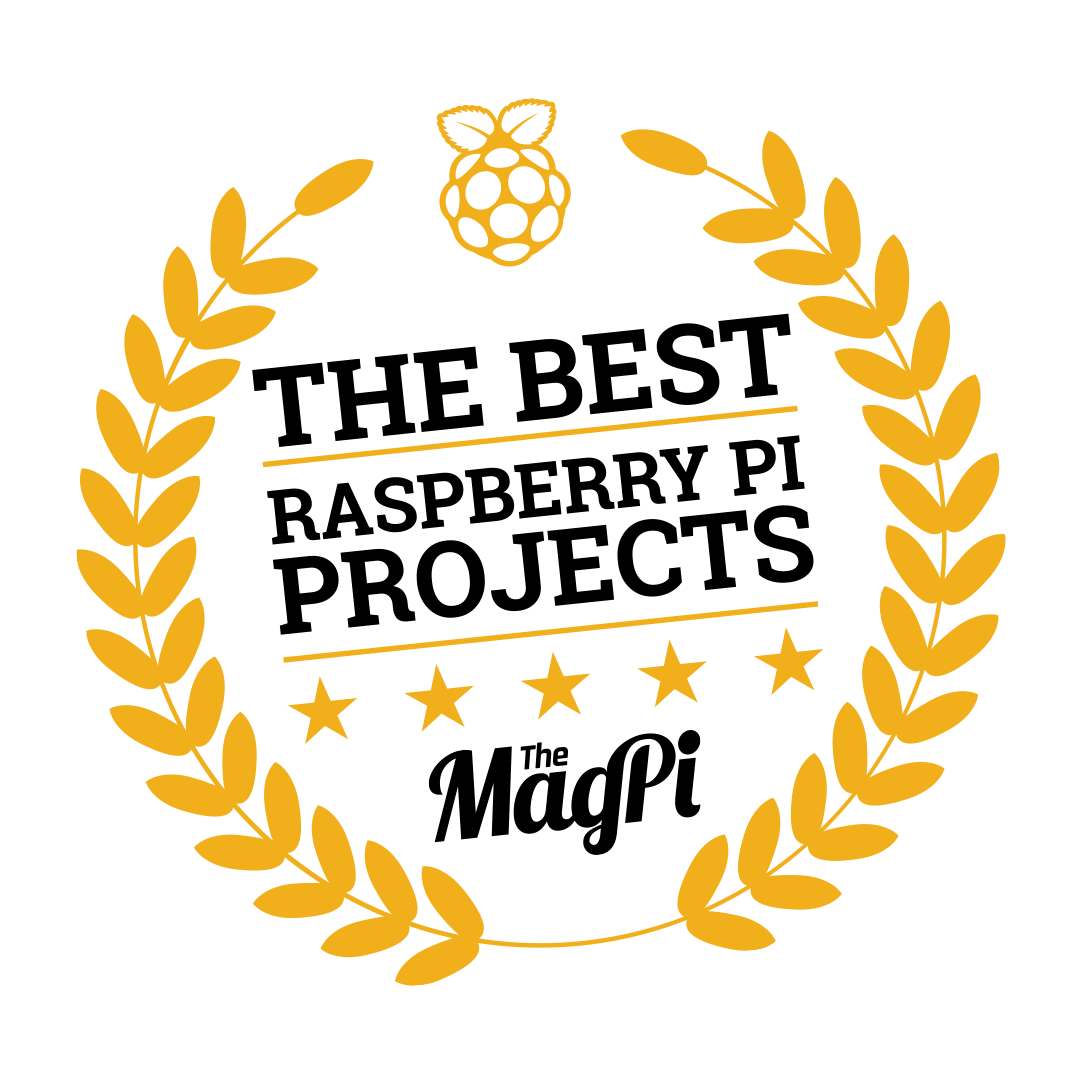Read the statement by Michael Teeuw here.
Change layout based on orientation?
-
I’ve had my mirror in a portrait for a long time. I was thinking of playing around with changing it to landscape and started wondering if i was possible to have the layout change based on browser orientation. I know there’s CSS that can be used to move things around based on orientation (https://developer.mozilla.org/en-US/docs/Web/CSS/@media/orientation) , but I was wondering if there was any way to use that to actually move which modules were in what region.
-
@gonzonia modules are hard coded to position.
while the exact location and size changes by device orientation
the logical placement is the sameyou could create another config.js or make those variables
and use the envsub/template support to change the variable definitions in the script that starts MagicMirrorusing older xrandr
#!/bin/bash orientation=$(xrandr | grep " connected" | awk '{print $2 " " $3 " " $4}') if [[ $orientation == *"left"* ]]; then echo "Screen orientation: left" elif [[ $orientation == *"right"* ]]; then echo "Screen orientation: right" elif [[ $orientation == *"inverted"* ]]; then echo "Screen orientation: inverted" else echo "Screen orientation: normal" fisee https://docs.magicmirror.builders/configuration/introduction.html#configuration-template-system
-
@sdetweil That’s on the server side though. I was thinking more at the client side, so that you could have multiple clients using a single server with different views.
For example:
I have a pi hooked up to a monitor in the kitchen running MM in portrait.It might be nice to have it up on the TV in another room or on a second monitor while I’m working. Those will be in landscape.
I think it can be done with shifting CSS mostly(https://forum.magicmirror.builders/topic/13197/change-the-regions-positions). But modules that use full screen might be a challenge.
-
@gonzonia yeh screen shifting is different than module shifting
you can certainly detect the orientation in css
on another app i support
:root{ --scale-factor: 1; /* set default scaling in case we have partial window, debug or in vm terminal window */ --design-width: 1920px; --design-height: 1080px; } @media screen and (orientation: landscape) { :root{ --scale-factor: var(width) / var(--design-width); }; } @media screen and (orientation: portrait) { :root{ --scale-factor: var(width) / var(--design-height); }; } /*@media screen and (width:3840px) and (orientation: landscape) { :root{ --scale-factor: width/var(--design-width); }; } @media screen and (width:1080px) { :root{ --scale-factor: width/var(--design-width); }; }*/ -
@sdetweil Yeah the challenge I’m having with the way I’ve chosen to lay things out is that I have things in the top left, top center, and top right. They are just below things in the top bar on the vertical screen. Using the CSS from the post that shifts them They are still below the top bar but I kind of want them to the right of the top bar. I’m plying with it to see what I can do, but since they are all part of the same container, I’m not sure I can.
-
@gonzonia there is a moduke that can
move dynamically
https://github.com/Toreke/MMM-Dynamic-Modulesbut it needs notifications
-
@gonzonia or start a different instance on a different port for landscape
-
@sdetweil That’s a thought. I think I can probably adapt the Dynamic Modules to allow for a config option to adjust based on orientation and that gets triggered at the ALL_MODULES_STARTED notification from the core.
Let me fork that and see if I can make that work.
-
-
@sdetweil Maybe. I find it easier to build on someone else’s code. After I have some basic stuff functioning, I’ll look for a module template to work from. I’m also not sure the dynamic module will work (it’s 7 years old) so it might need to be updated anyhow.
